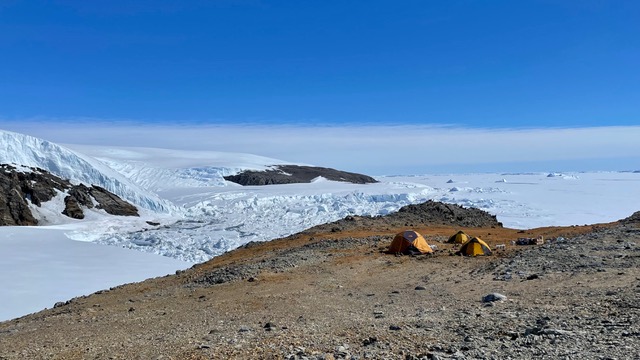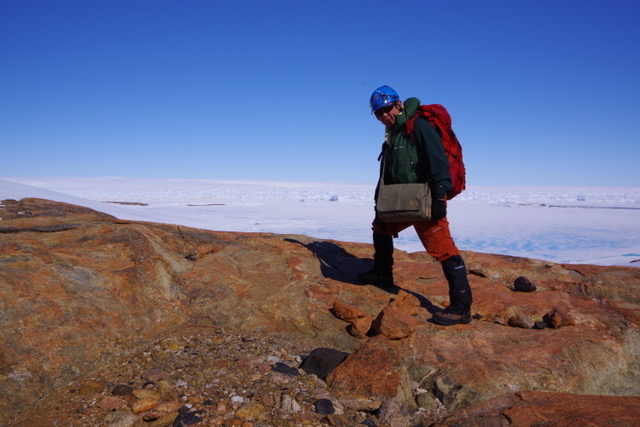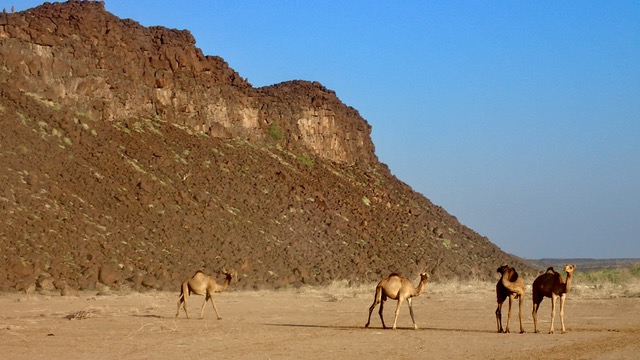







Home > Research > Research Overview > 2025 > Exploring the Earth in the Extreme Cold of Antarctica and the Scorching Heat of Ethiopia
Associate Professor (Geology / Petrology)
KAGASHIMA Shin-ichi
Rocks record information about the Earth's crustal developments and the behavior of materials in the Earth's interior. These can be understood through field observations, polarized light microscopy, and various chemical analyses and interpretations. The first continental crust of the Earth existed at least 4 billion years ago. Since then, the continents have grown and gone through cycles of fragmentation and convergence. In some places, crustal movements have brought rocks from the lower crust to the surface from depths of about 30 km. One such place is Antarctica. Rocks that are about 600 million years old are widely distributed around Syowa Station, while the Napier Complex, located several hundred kilometers to the east, contains rocks that are about 2.5 to 4 billion years old. It is fun and adventurous to actually visit these sites, sample rocks with a hammer by myself, and decipher the history of the Earth through various chemical analyses and interpretations.
On the other hand, we explore not only old but also young crustal deformation. This is the Afar Depression in Ethiopia, where the continent is about to break up. We also participate in geo-electromagnetic research in the plate spreading center. I love fieldwork, where I can feel the Earth with my whole body.

▲Camping in Antarctica

▲Rock Sampling in Antarctica. The Shirase Glacier is in the background.

▲View of an outcrop in Afar
Related Links